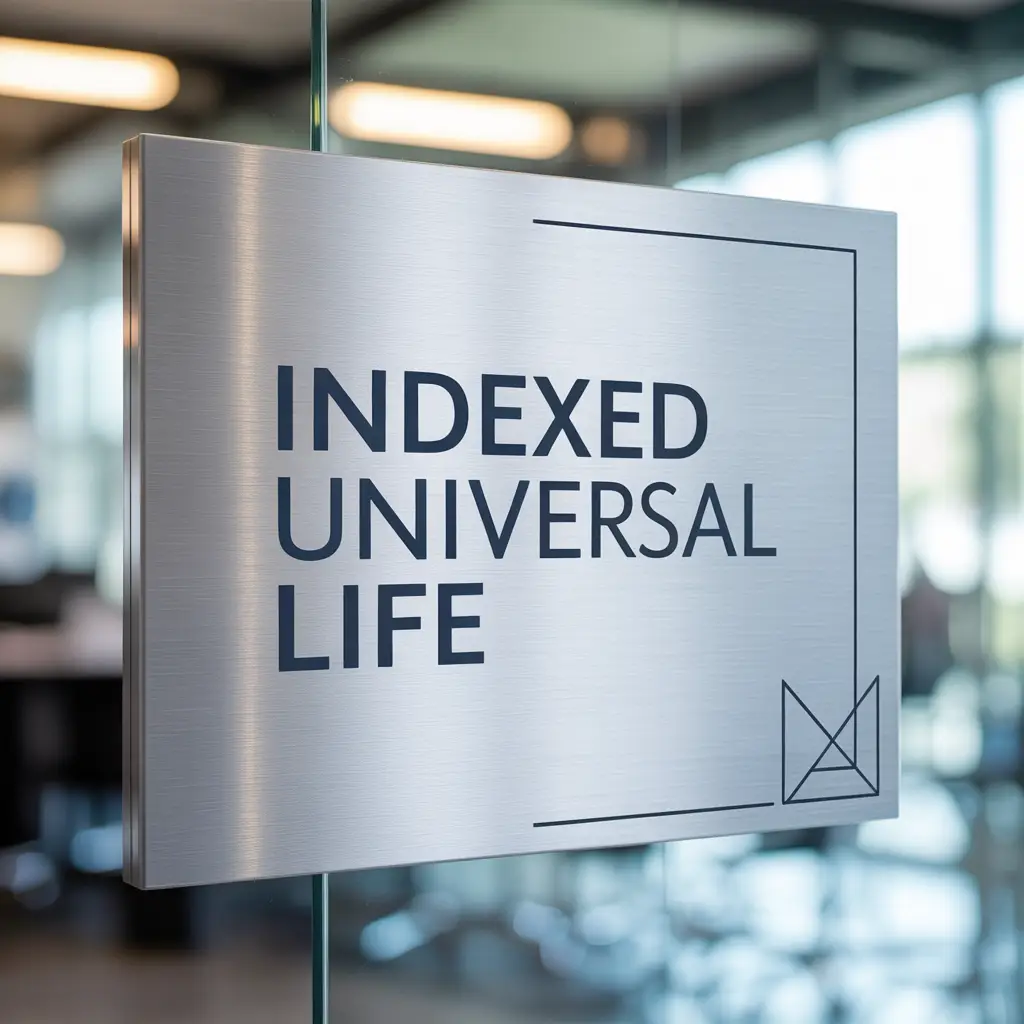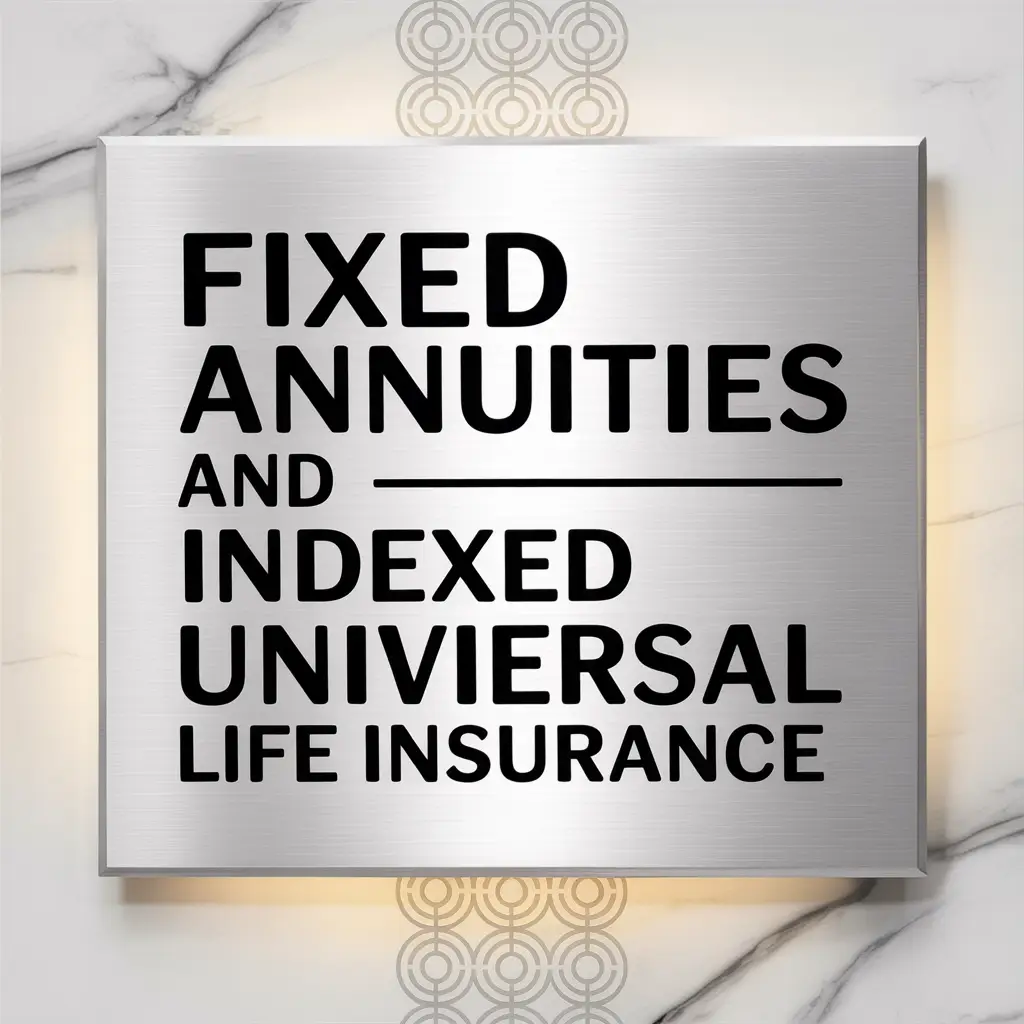Common Misconceptions About Indexed Universal Life Policies
Common Misconceptions About Indexed Universal Life Policies. In my years as a financial advisor specializing in life insurance and retirement strategies, few financial products have generated as much controversy, confusion, and polarized opinions as Indexed Universal Life (IUL) insurance. Some advisors promote IULs as miracle solutions with no downsides, while others dismiss them as complex, expensive schemes that never deliver on their promises.
The truth, as is often the case with sophisticated financial tools, lies somewhere in between these extremes. IUL policies can be valuable components of a comprehensive financial strategy for the right person in the right situation—but they’re not universal solutions, nor are they fundamentally flawed concepts.
Today, I want to address the most common misconceptions I encounter about IUL policies, providing clarity that can help you make more informed decisions about whether these products might have a place in your financial plan.
Misconception #1: “IUL Returns Mirror Stock Market Performance”
Perhaps the most pervasive misconception about IULs is that they deliver stock market returns without the downside risk—essentially offering the impossible: reward without risk.
The Reality:
IUL policies do not directly participate in the market. Instead, their cash value growth is determined by crediting methods tied to market index performance, but with significant modifications:
- Participation rates limit the percentage of index gains credited to your policy
- Caps set maximum crediting rates regardless of how well the index performs
- Spreads or asset fees may reduce credited interest
- Floors (typically 0-1%) protect against negative crediting during market downturns
- Dividends are excluded from index calculations, removing a significant component of total market returns
These mechanisms create a distinctly different return pattern than direct market investment. During strong bull markets, IUL policies will typically underperform the market. During flat or negative market periods, they may outperform by avoiding losses.
A more accurate view: IUL policies offer a middle ground between the guaranteed but lower returns of fixed-interest products and the higher-but-riskier returns of direct market investments. They’re best understood as “upside potential with downside protection” rather than “market returns without risk.”
Misconception #2: “IUL Illustrations Predict Actual Performance”
Many IUL sales presentations center around policy illustrations showing impressive-looking cash value and income projections. These illustrations often leave prospects with the impression that the shown results are likely or even guaranteed outcomes.
The Reality:
IUL illustrations are hypothetical projections based on:
- Current (non-guaranteed) interest crediting rates
- Current (non-guaranteed) policy charges
- Consistent premium payments
- Static economic conditions
In practice, several factors can cause actual performance to differ significantly from illustrations:
- Crediting rates fluctuate with changing market conditions and carrier decisions
- Policy charges can increase up to contractual maximums
- Premium payment patterns may vary from the illustration
- Index performance varies year-to-year rather than producing consistent returns
- Cap rates may be lowered over time in response to economic conditions
A more accurate view: Illustrations should be viewed as mathematical examples showing how policies might work under specific, consistent conditions, not as predictions of future performance. Conservative illustrations using historically validated assumptions provide better planning guidance than maximum-optimism scenarios.
Misconception #3: “IUL Policies Guarantee You’ll Never Lose Money”
The “0% floor” feature of IULs is often presented as a guarantee that you’ll never lose money in your policy, creating a sense of absolute safety.
The Reality:
While the 0% floor does protect your cash value from negative index crediting, several factors can still cause policy values to decline:
- Policy charges continue during market downturns, potentially exceeding interest credits
- Early surrender charges can significantly reduce cash values in the first 10-15 years
- Loans and withdrawals reduce cash value and death benefits
- Insufficient premium payments relative to policy costs can lead to declining values
- Market value adjustments may apply to certain types of withdrawals
A more accurate view: IUL policies provide protection against market-based losses but not against all potential forms of policy value reduction. Proper funding and management are essential to maintain positive policy performance, particularly during extended market downturns.
Misconception #4: “IUL Policies Are Terrible Investments with Excessive Fees”
Common Misconceptions About Indexed Universal Life Policies. Critics of IUL policies often focus exclusively on their fee structure, comparing them unfavorably to low-cost investment options like index funds.
The Reality:
IUL policies are not pure investments—they’re life insurance contracts with investment components. Comparing them solely on a fee basis to investment products ignores:
- The death benefit protection provided throughout the policy
- The tax advantages of properly structured policies
- The unique downside protection mechanisms
- Living benefits, like chronic illness riders often included
- The insurance charges that pay for actual insurance benefits
That said, IUL policies do include various charges:
- Premium loads
- Cost of insurance charges
- Administrative fees
- Surrender charges
- Potential indexed segment charges
A more accurate view: IUL policies should be evaluated based on their total value proposition, including insurance protection, tax advantages, and growth potential, not merely on their fee structure. For certain planning objectives, the benefits may outweigh the costs, while for pure accumulation goals, simpler investment vehicles may be more appropriate.
Misconception #5: “IUL Is Just a Way for Insurance Agents to Make Big Commissions”
Another common criticism is that IUL policies are primarily sold because of their lucrative commission structures rather than their client benefits.
The Reality:
While IUL policies do typically generate higher commissions than term insurance or simple investment products, this doesn’t automatically make them inappropriate recommendations. Several factors balance this consideration:
- Commission structures are similar across various permanent life insurance categories
- Properly designed policies can minimize commission impact on performance
- Independent advisors can recommend from multiple carriers to find optimal client solutions
- Ongoing service requirements for IUL policies are significantly higher than for simpler products
- Many low-commission alternatives exist if an advisor were solely commission-motivated
A more accurate view: The appropriateness of an IUL recommendation should be evaluated based on how well it addresses specific client needs and objectives, not on the commission structure alone. Working with a fiduciary advisor who discloses all compensation and explains why an IUL might fit your situation is the best approach.
Misconception #6: “IUL Provides Tax-Free Retirement Income”
IUL policies are often marketed primarily as tax-free retirement income vehicles, sometimes with minimal emphasis on their insurance aspects.
The Reality:
While properly structured IUL policies can provide tax-advantaged distributions through policy loans and withdrawals up to basis, several important caveats apply:
- Policy loans are not truly income but advances against the death benefit
- Unpaid loans accrue interest and reduce the death benefit
- Policies must remain in force for the tax advantages to apply
- Modified Endowment Contract (MEC) rules must be followed to maintain tax advantages
- Tax laws could change in the future, potentially affecting policy benefits
Additionally, other financial tools (like Roth IRAs) may provide tax-free distributions with lower complexity and costs for some individuals.
A more accurate view: IUL policies can be effective tax-advantaged accumulation tools when properly designed and funded, but they should be evaluated as part of a comprehensive financial plan rather than as standalone retirement solutions.
Misconception #7: “Once You Start an IUL, You’re Locked In Forever”
Some critics suggest that IUL policies trap policyholders in inflexible contracts that can’t be changed or exited without severe penalties.
The Reality:
IUL policies offer considerable flexibility:
- Premium payments can be adjusted (increased, decreased, or temporarily stopped)
- Death benefits can be increased or decreased, subject to qualification
- Policy loans and withdrawals provide access to cash values
- Surrender options exist if the policy no longer meets your needs
- 1035 exchanges allow tax-free transfers to other insurance or annuity products
That said, early surrender charges do apply (typically for 10-15 years), and policy changes should be carefully evaluated for their impact on both short and long-term performance.
A more accurate view: IUL policies offer significant flexibility compared to many financial products, but changes should be made strategically and with an understanding of their full implications.
Misconception #8: “IUL Is Either Perfect for Everyone or Suitable for No One”
Perhaps the most troubling misconception is the binary thinking that IUL policies are either universally beneficial or universally problematic.
The Reality:
IUL policies can be appropriate solutions for specific situations and objectives, including:
- Providing permanent death benefit protection with cash value growth potential
- Creating tax-diversified retirement income strategies
- Protecting against longevity risk with lifetime income riders
- Addressing specific business planning or estate planning needs
- Providing living benefits for chronic illness or long-term care needs
However, they’re generally less suitable for:
- Individuals seeking maximum market returns
- Those with short-term horizons (under 10 years)
- People without stable, sufficient cash flow for premium payments
- Those who have not yet maximized simpler retirement savings options
- Individuals seeking simplicity in their financial planning
A more accurate view: The appropriateness of an IUL policy depends entirely on individual circumstances, objectives, and how the policy complements other elements of a comprehensive financial strategy.
The Truth About Indexed Universal Life Insurance
Moving beyond these misconceptions, what’s the balanced perspective on IUL policies?
Potential Advantages:
- Death benefit protection with lifetime coverage options
- Cash value growth potential linked to market indexes
- Downside protection against market losses
- Tax-advantaged growth and distribution potential
- Living benefits through optional riders
- Flexibility in premium payments and death benefit
- Creditor protection in many states
Legitimate Limitations:
- Policy complexity requiring ongoing management
- Higher costs compared to term insurance or pure investments
- Cap rate risk, as insurers can lower participation in future years
- Illustration sensitivity to assumed crediting rates
- Carrier dependence for long-term performance
- Surrender charge periods limit early liquidity
- Funding discipline required for optimal performance
Making an Informed Decision
Common Misconceptions About Indexed Universal Life Policies. If you’re considering an IUL policy, I recommend these steps to move beyond the misconceptions:
- Start with objectives, not products: Clarify what you’re trying to accomplish before considering specific solutions.
- Understand the mechanics: Ensure you grasp how IUL policies work, including their costs, benefits, and limitations.
- Request conservative illustrations: Ask for projections using historically validated return assumptions, not maximum allowed rates.
- Compare alternatives: Evaluate how IUL performance might compare to other approaches for meeting your objectives.
- Consider carrier strength: Financial rating, history, cap rate stability, and policy features vary significantly among insurance companies.
- Assess ongoing commitment: Determine if you’re comfortable with the long-term premium funding required for optimal performance.
- Work with a fiduciary advisor: Seek guidance from a professional who will put your interests first and can offer multiple solutions.
Conclusion: Beyond the Hype and Criticism
Indexed Universal Life insurance isn’t a perfect product, nor is it a fundamentally flawed concept. Like most sophisticated financial tools, its value depends entirely on:
- How well it align with your specific objectives
- How properly it’s structured and funded
- How realistically is its performance projected
- How appropriate it is relative to alternatives
- How well does it complement your overall financial strategy
By moving beyond the common misconceptions—both overly optimistic and excessively critical—you can evaluate whether an IUL policy might play a beneficial role in your financial plan.
If you’re interested in exploring whether an IUL policy might be appropriate for your situation, I welcome the opportunity to provide an objective analysis based on your specific circumstances and goals.
This blog post is for educational purposes only and should not be considered financial advice. Please consult with a qualified financial professional before making any investment decisions.









